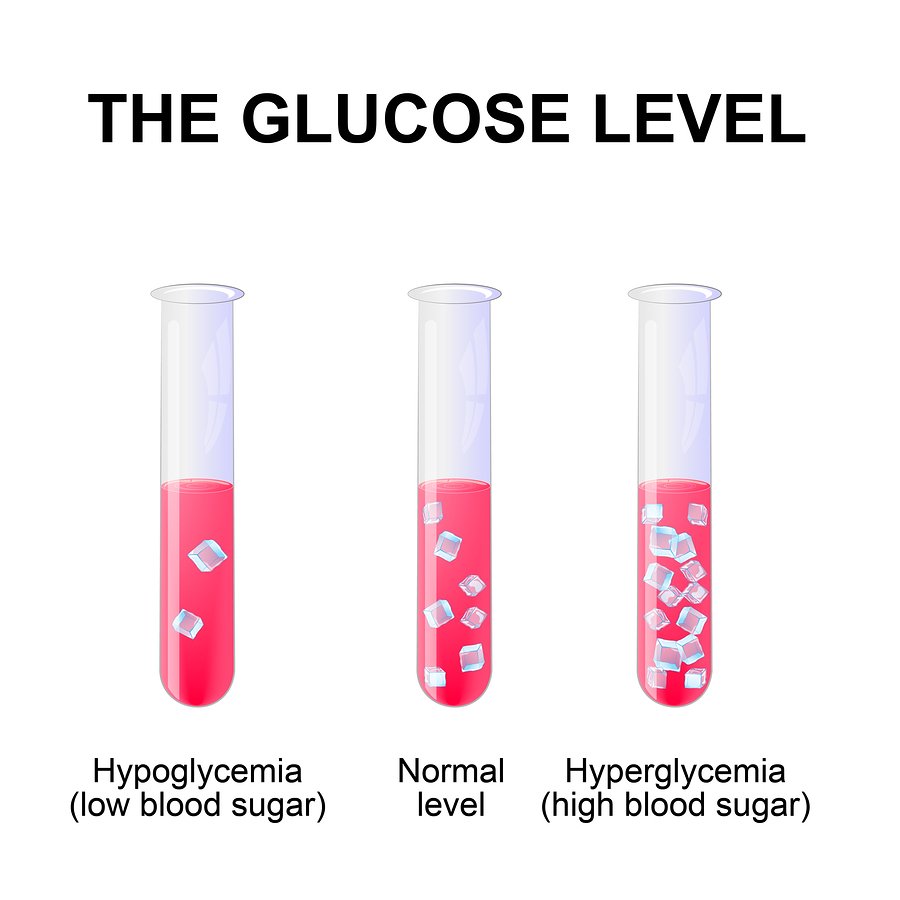Normal Glucose Levels

Diabetes mellitus is usually associated with high blood glucose levels. This pertains to the amount of glucose present in the blood. However, that is not always the case. Some people with normal blood sugar levels can also become diabetic.
But before one can assert that normal sugar levels is possible even for a diabetic, one must discern what level can be considered as normal. If the person is fasting, the normal level is 70-100 miligrams per deciliter (3.9 - 5.5 mmols/L). Going over that can significantly increase the possibility of a person having diabetes. This means that you are already outside your medium range.
As a diabetic, it is still quite possible for you to maintain your glucose level. However, there are some measures you must implement.
Read more about normal blood sugar ranges and why they fluctuate
3 Critical Actions You Should Take to Maintain Normal Glucose Levels
Here are the three most important things you can do to maintain normal blood glucose levels.
The first step to achieving normal glucose levels
The first step is to significantly decrease the amounts of carbohydrates you consume. Carbohydrates translate into sugar very quickly resulting in a spike in your blood sugar levels before your body can release enough insulin into your blood to bring the sugar level back down.
All simple carbohydrates like white flour, white rice, white potatoes should be eliminated.
If you are having trouble maintaining normal blood sugar levels, you should eliminate all carbohydrates except for those that naturally occur in green vegetables and berries.
Additionally, be sure to consume a healthy fat and/or protein along with any carbohydrates to slow down the digestion and release of sugar into your bloodstream.
For optimal health, almost everyone should reduce their carbohydrates down to below 100 mg per day. For diabetics reducing carbohydrates down to 50 mg per day is best.
The second step to achieving normal glucose levels
You should also stay away from preservatives and additives in your food. If you cut out all processed food, you don’t have to read on. If you do eat processed food then you need to start reading food labels and start becoming suspicious of any ingredient that you don’t recognize. If you don’t recognize the name, chances are that its for added chemicals and preservatives, not healthy nutrients.
One of the top offenders is monosodium glutamate. Also known as MSG, it is a neurotoxin, meaning that it damages your brain. Food processors add it because it stimulates your brain into thinking that a particular food is delicious. Because more and more people want to avoid MSG, food manufacturers hide it in the ingredient list under names like:
• Natural Flavors
• Hydrolyzed Vegetable Protein
• Textured Vegetable Protein
• Yeast Extract
You also need to beware hidden sugars. To improve the taste of processed food, manufacturers will often add salt and sugar to make them more palatable as well as addictive. I once sat in on a Proctor and Gamble strategy session where they spent an entire day talking about what new chemicals they could add to their various products (cereal, chips, etc.) to make them more appealing and to ensure larger consumption. Basically they want you to eat more of their products more often. Not once did the health of the consumer come into the conversation. It is up to you to protect your health!
Hidden sugars include artificial sweeteners, which can actually do worse damage than granulated sugar and high fructose corn syrup which is a highly refined sweetener that is found in almost all processed foods. High fructose corn syrup will pack the pounds on more than any other ingredient at the same time it can cause diabetes, increase “bad” cholesterol levels and damage your intestinal track.
The last ingredient to check for are trans fats. Trans fat is used to extend the shelf life of food products and is one of the most dangerous substances you can consume. Tran fats are known to cause inflammation that leads to heart disease, diabetes and many other health problems. Trans fats are found in deep fried foods, margarine, chips, crackers, baked goods, fast foods and prepared pie shells to name just a few. Trans fats are listed on food labels as margarine, or partially hydrogenated vegetable oil.
Here is a great article with the top 10 food additives to avoid
The third step to achieving normal glucose levels
Regular exercise is also very important. Cardiovascular exercises such as jogging and dancing have been proven to lower blood sugar levels. They also burn calories, release feel-good hormones in your brain and deliver countless other benefits to a diabetic's health. Exercise does not need to be a grueling task. Just adding a 20 minute walk to your day can dramatically improve your health and mindset!
Conclusion
Maintaining normal glucose levels can provide lots of benefits to you as a diabetic. It may take some adjustments to your lifestyle, but it will be well worth the effort. We only get one body for this journey and it certainly pays to take care of it.



New! Facebook Comments
What do you think? Share your thoughts below...